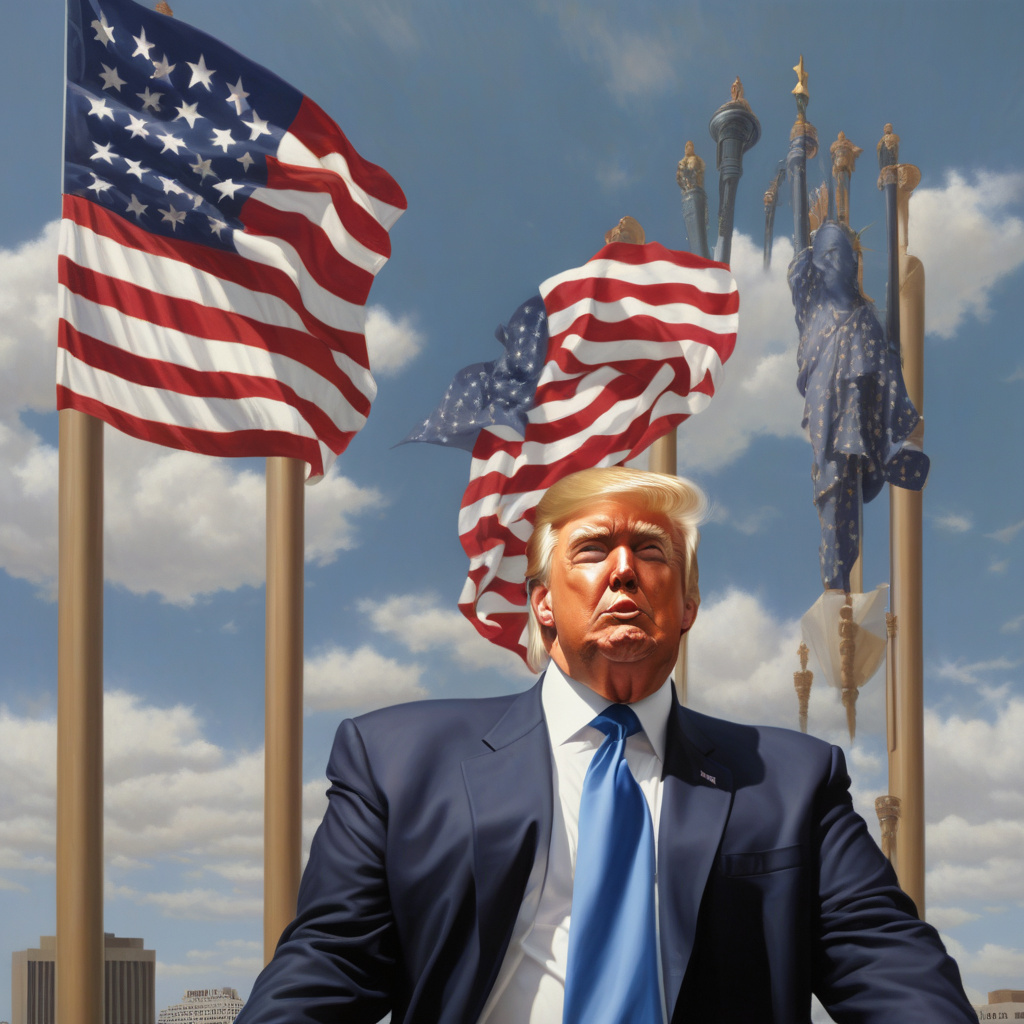In a recent turn of events, US President Donald Trump has set the stage for intensified trade disputes by proposing a hefty 50% tariff on all goods imported from the European Union starting June 1. This move not only signifies a significant escalation in trade tensions but also raises concerns about the potential economic repercussions for both sides.
The implications of such a substantial tariff are far-reaching, impacting various industries and consumers on both sides of the Atlantic. With the global economy already facing uncertainty, this added strain on trade relations between the US and the EU could further destabilize markets and disrupt supply chains.
Moreover, President Trump’s call for Apple to shift its iPhone production to the US or face a 25% tax highlights the complexities of international trade and the challenges faced by multinational corporations. While such a decision could have implications for Apple’s bottom line, it also underscores the broader issue of balancing economic interests with political pressures in a volatile global landscape.
As technology continues to play a pivotal role in shaping the modern world, the intersection of trade policies and tech industry dynamics becomes increasingly significant. The potential ripple effects of these trade measures extend beyond individual companies to impact innovation, investment, and consumer choices in the tech sector and beyond.
In light of these developments, it is essential for industry stakeholders, policymakers, and consumers to closely monitor the evolving trade landscape and its implications. Navigating these uncertain times requires a nuanced understanding of the interconnected nature of global trade and the potential implications of protectionist measures on businesses and economies worldwide.
Ultimately, the outcome of these trade tensions will not only shape the future of US-EU relations but also have broader implications for the global economy. As stakeholders grapple with the complexities of trade policy, finding a balance between economic interests, political imperatives, and technological realities will be crucial in charting a path forward in an increasingly interconnected world.

